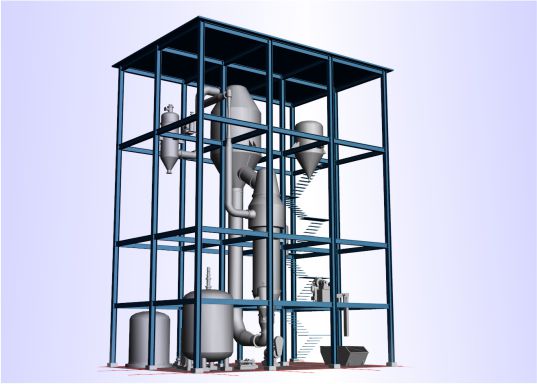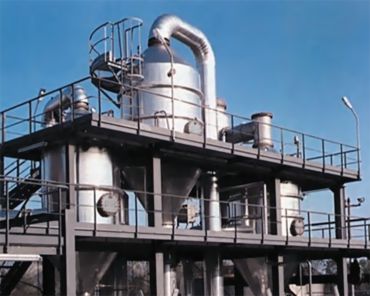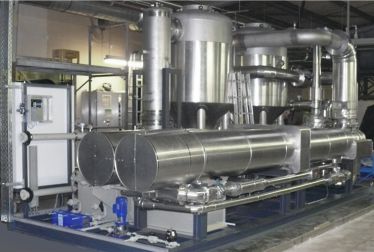Thermal Technologies
At AQUARION our thermal technologies include crystallizer and evaporator systems. These systems are designed to reduce waste and energy demands, while maintaining high output, resulting in reduced costs.
Crystallizer

Supersaturation is the driving force of crystallization. It is mainly achieved by evaporation, cooling or chemical reaction. Evaporative crystallization is usually chosen when solubility of the solute is nearly independent of temperature and supersaturation is achieved by concentrating the slurry. Vacuum cooling crystallization is usually chosen when the solubility of the substance to be crystallized is strongly dependent on temperature. The main advantage of vacuum cooling crystallization is the absence of cooling surfaces that avoids incrustation.

Evaporator

An evaporator is a device used to turn the liquid form of a chemical into its gaseous form. The liquid is evaporated, or vaporized, into a gas. There exist numerous types of evaporators like falling film evaporators, forced circulation evaporators, rising film evaporators, plate type evaporators and many others. In almost all evaporators the heating medium is steam, which heats a product on the other side of a heat transfer surface. There exist several possibilities to reduce the energy demand like TVR (thermal vapor recompression), MVR (mechanical vapor recompression) and the number of effects of the evaporation system.


Alternatives for energy supplies are using heat pumps with water circulation, systems or evaporator with mechanical compressionsystems.. also multi step units.
